Learning Piano
Guidelines for Piano Restoration: A DIY Journey
Guidelines for Piano Restoration: A DIY Journey
Reviving a piano demands significant effort, yet with the right tools and a bit of furniture restoration know-how, it’s a project you can undertake on your own. However, if your piano is a valuable antique, it’s wise to entrust its restoration to a specialist to preserve its integrity. For those with an older piano that’s past its prime, taking on its restoration can be an engaging and fulfilling endeavor.
Evaluating Your Piano’s Value with Professional Insight

Before diving into restoration, it’s crucial to understand your piano’s worth. Consulting with a piano expert can provide insight into whether your piano is a suitable candidate for restoration. This step is especially important if you’re new to piano restoration, as you’d want to avoid inadvertently damaging your instrument. An expert can assess both the structural and musical condition of your piano, advising on its restoration viability. If your piano is constructed with lower-quality materials like particleboard, it might not be worth the effort. However, pianos built with solid wood and from a notable era or brand might be prime candidates for restoration.
Self-Assessment of Your Piano’s Value 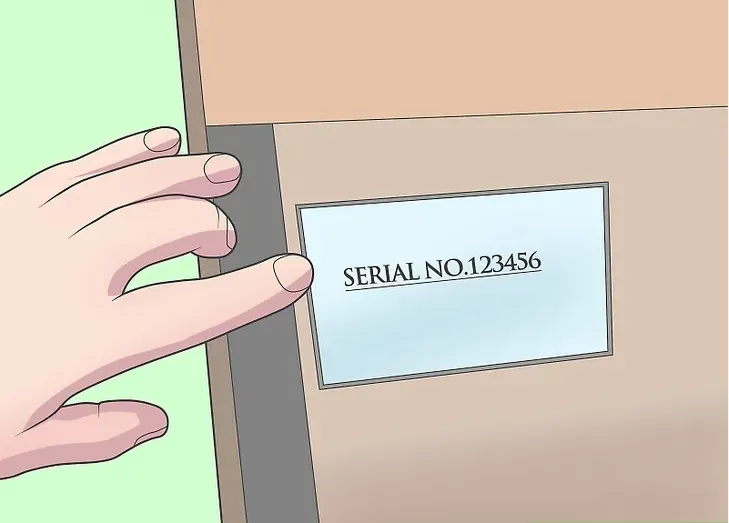
- Serial Number: Locate the serial number, often found on the piano’s plate or under the lid.
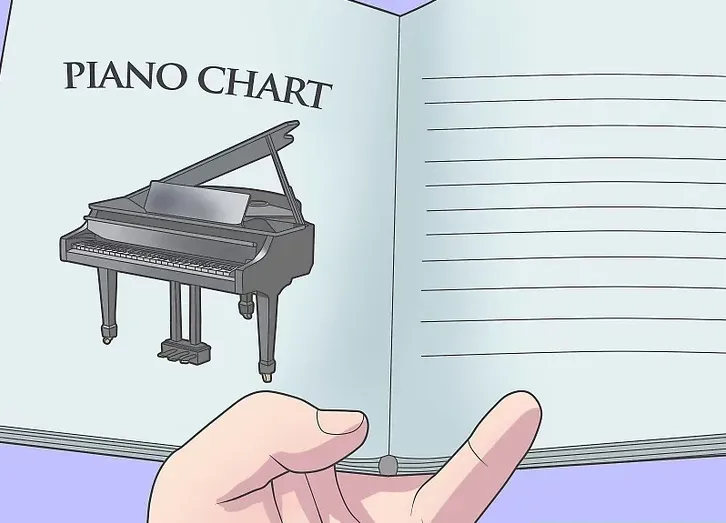
- Age and Value: Use a chart to determine your piano’s age. Features like ornate designs can add value.

- Consultation: Speak with a technician about the piano’s condition and potential restoration strategies, including wood treatment and musical tuning.
Initiating the Restoration Process 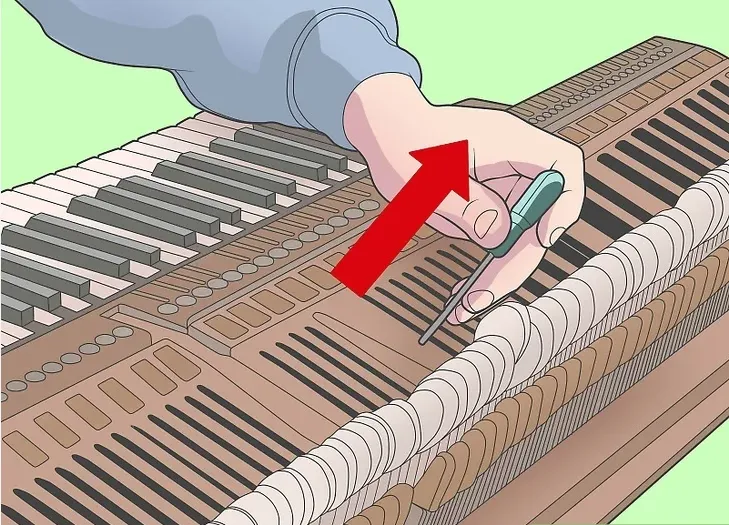
- Disassemble with Care: Label and document each part as you disassemble the piano to ensure proper reassembly.
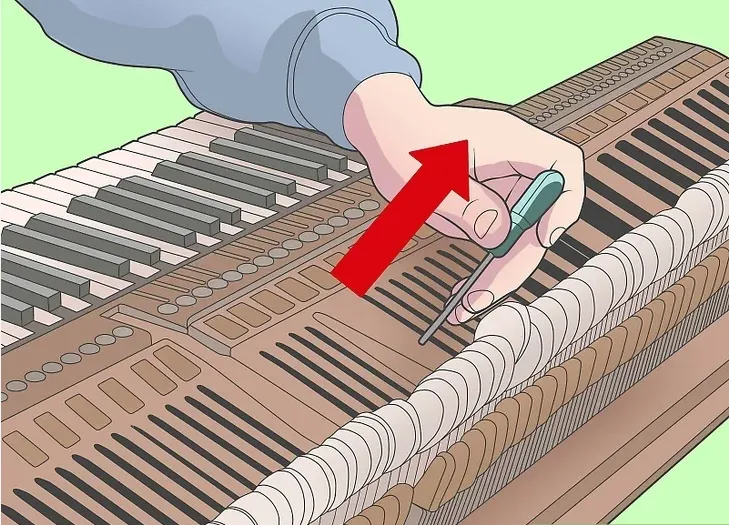
- Protect Interior Components: Shield the interior with plastic to avoid damage.
Stripping and Preparing the Wood 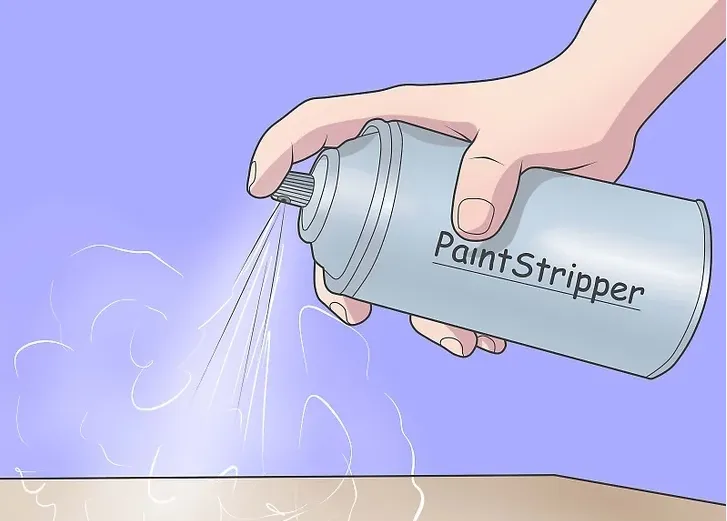
- Remove Old Varnish: Employ furniture paint stripper for old varnish, taking care with detailed parts.
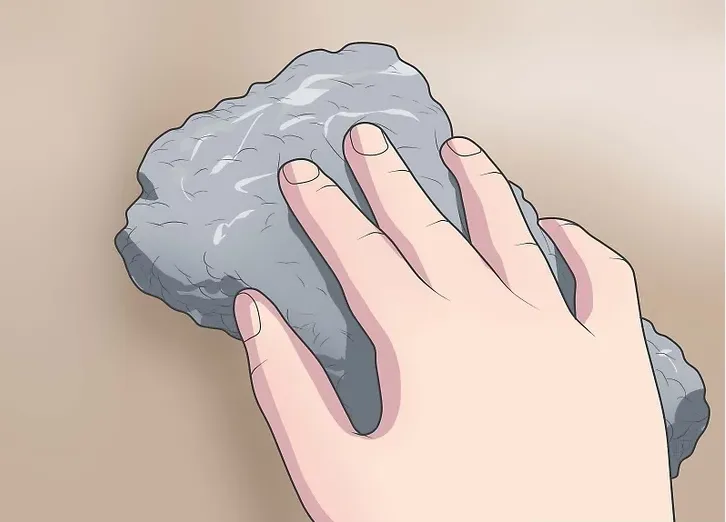
- Clean the Wood: After stripping, clean the wood carefully to preserve the veneer.
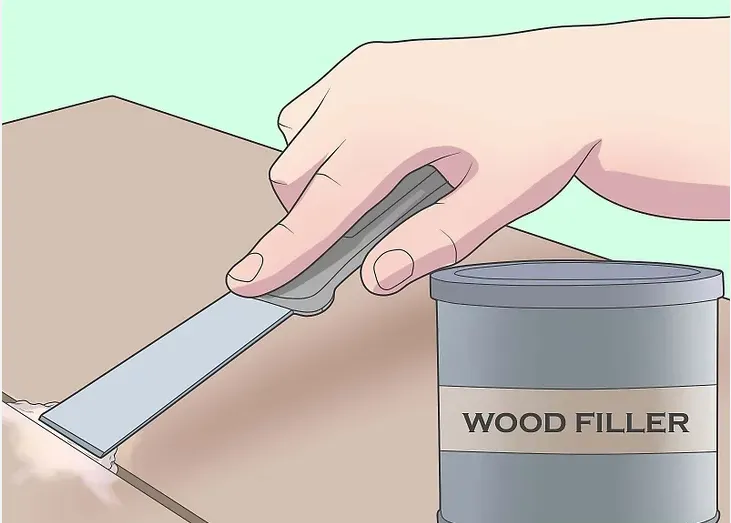
- Repair Damages: Use wood filler for repairs, matching it with your intended finish.
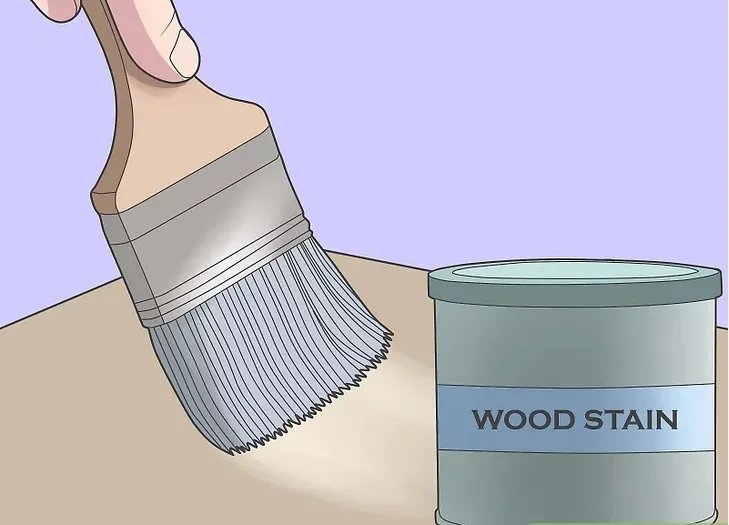
- Staining: Select a compatible wood stain and apply it meticulously to avoid streaks.
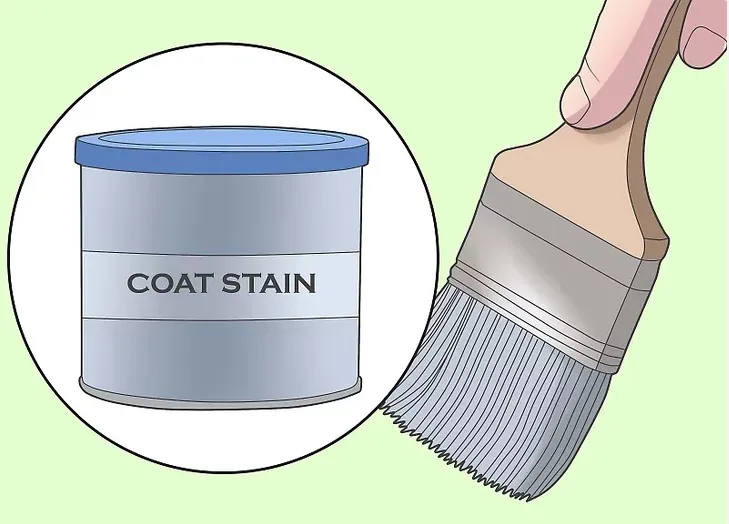
- Apply Stain Coats: Allow each coat to dry fully, deepening the color with additional layers.
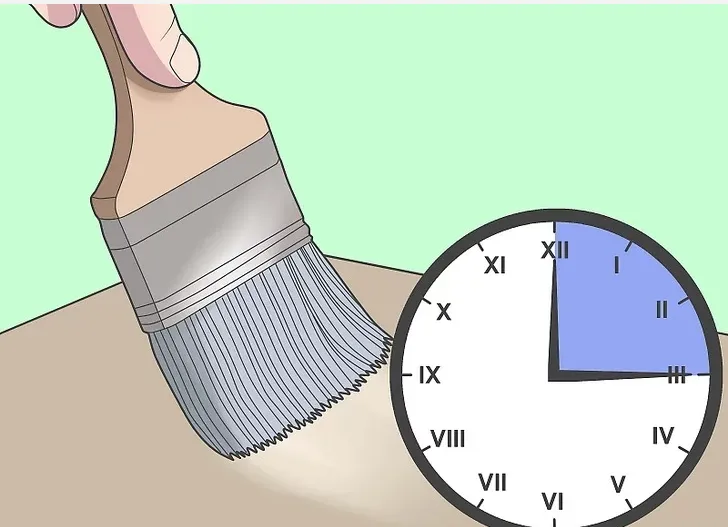
Applying the Finish Coat 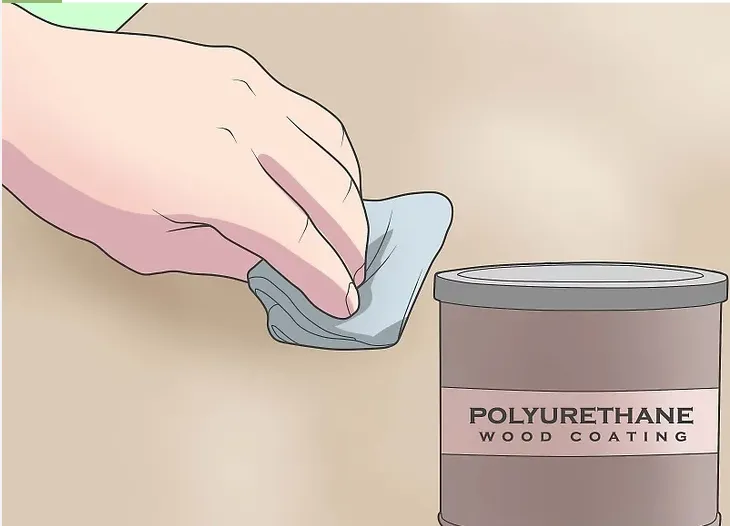
- Choose the Right Finish: Polyurethane is recommended for its protective qualities.

- Sanding and Cleaning: Sand lightly between coats and clean with a tack cloth for a smooth finish.
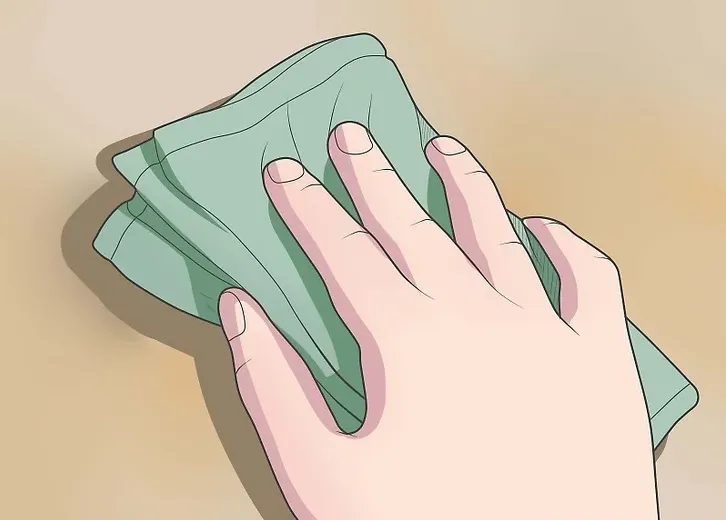
- Final Coats: Apply several thin coats, allowing adequate drying time, for a professional appearance.
Reassembling the Piano 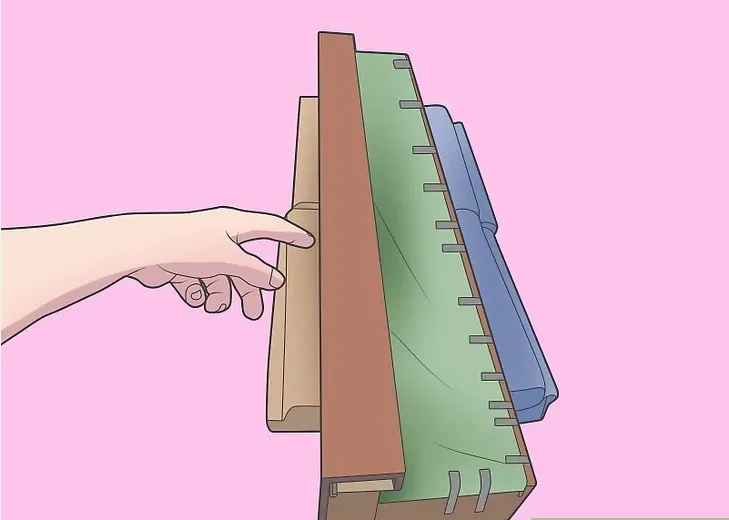
- Ensure Dryness: Confirm all parts are completely dry before reassembly.
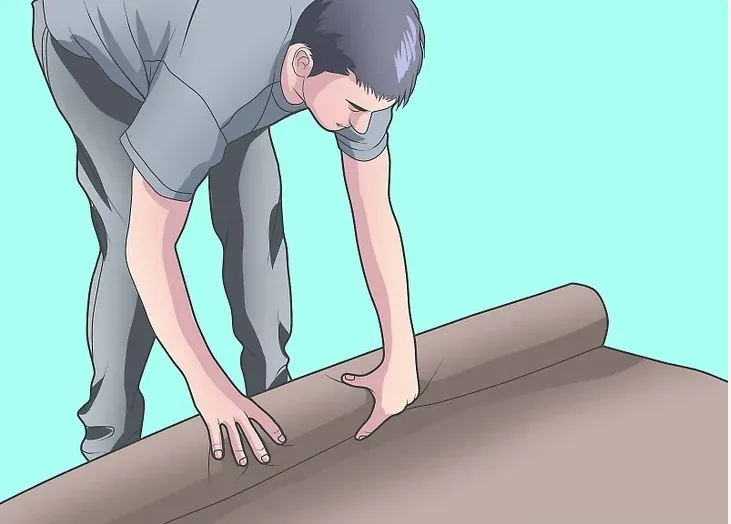
- Protect Your Workspace: Use carpet or cardboard to prevent scratches during reassembly.
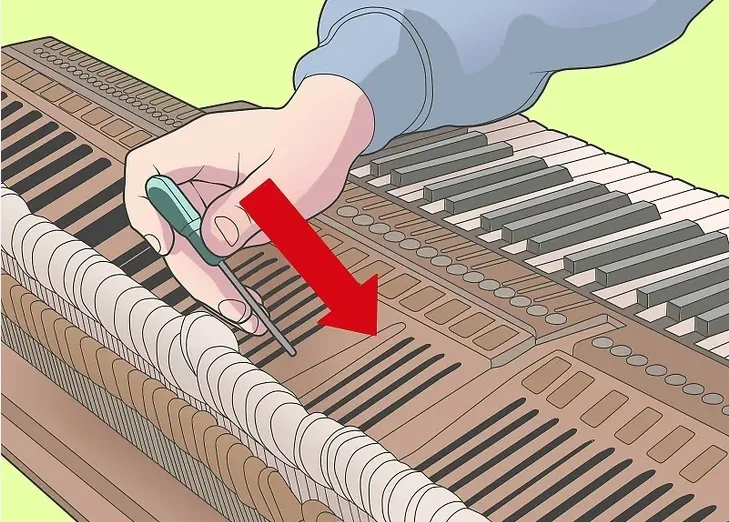
- Follow Your Guides: Reassemble the piano in reverse order, relying on your documentation for accuracy.
Restoring a piano can be a rewarding project, bringing life back to an instrument with sentimental or aesthetic value. With patience and attention to detail, you can breathe new life into an old piano, making it a cherished piece once again.
